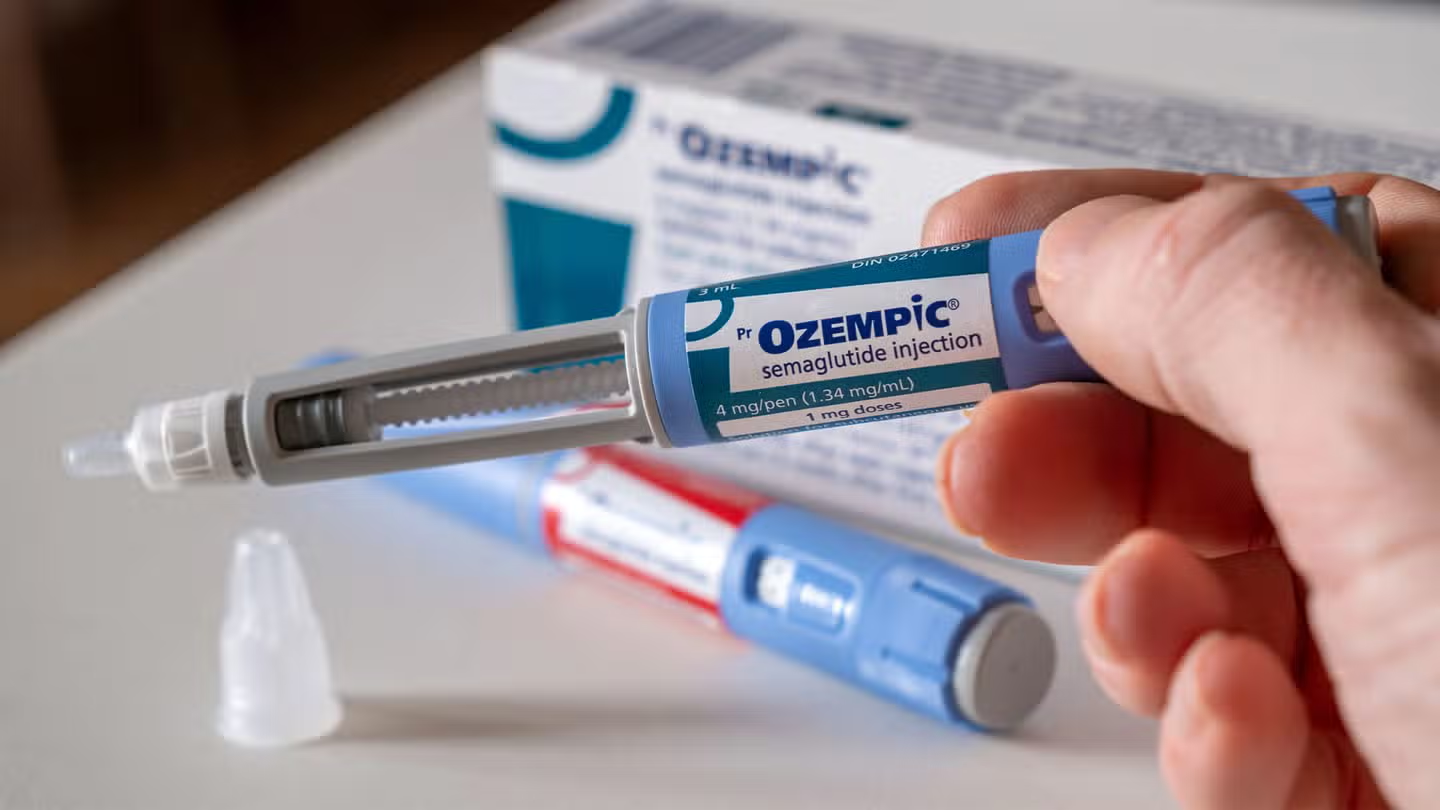
Imagine a world where life-saving medications stay effective in your body for significantly longer durations, reducing the need for frequent injections and enhancing overall patient compliance. Recent advances in biomedical research suggest that this vision may soon become a reality, thanks to a novel form of drug delivery: injectable gel systems. Notably, promising developments are pointing toward gels that could extend the effectiveness of medications like Ozempic, a popular drug used to manage type 2 diabetes and obesity.
The Need for Longer-Lasting Medications
Current treatment regimens for chronic conditions such as diabetes, obesity, and certain hormonal disorders often involve daily or weekly injections. While these therapies are effective, frequent injections can cause discomfort, inconvenience, and sometimes lead to poor patient adherence. This can compromise treatment outcomes and increase healthcare costs.
To address these challenges, scientists have been exploring ways to modify drug delivery systems so that active ingredients are released slowly over time. The goal is to maintain therapeutic drug levels in the bloodstream for extended periods, minimizing the frequency of injections while maximizing efficacy. One of the exciting innovations in this domain is the development of biocompatible, injectable gels designed to act as a depot—an internal reservoir that steadily releasing medication over days or even weeks.
The Science Behind Injectable Gels
What Are Injectable Gels?
Injectable gels are semi-solid, jelly-like materials that can be introduced into the body via minimally invasive procedures. Once injected, they form a localized matrix that gradually degrades or allows controlled diffusion of the drug payload. These gels are engineered to be biocompatible and biodegradable, ensuring they do not cause adverse reactions or accumulation within the body.
Mechanisms of Drug Release
There are two primary pathways through which these gels deliver medication:
- Diffusion-Controlled Release: The drug slowly diffuses out of the gel matrix into surrounding tissues over time.
- Degradation-Controlled Release: The gel matrix itself gradually degrades, releasing the encapsulated drug in the process.
By carefully designing the gel’s composition and structure, researchers can fine-tune the release profile to match therapeutic needs, ensuring consistent blood levels of medication over extended periods.
Application to Drugs Like Ozempic
What is Ozempic?
Ozempic (semaglutide) is an injectable medication used to improve blood sugar control and support weight loss in individuals with type 2 diabetes and obesity. Its mechanism involves mimicking a natural hormone called GLP-1, which helps regulate appetite and insulin secretion. Currently, Ozempic is administered once weekly, but some patients still prefer longer-lasting formulations for convenience and adherence.
How Could Gels Extend Ozempic’s Effectiveness?
Using an injectable gel as a delivery vehicle could revolutionize Ozempic therapy by:
- Prolonging the Duration: A gel depot could sustain the release of semaglutide beyond a week, potentially turning weekly injections into monthly or even quarterly treatments.
- Reducing Injection Frequency: Minimizing discomfort and increasing patient compliance.
- Maintaining Stable Blood Levels: Avoiding peaks and troughs associated with traditional injections, thus reducing side effects and improving efficacy.
Preliminary research indicates that such gels could maintain therapeutic drug levels for up to 3-4 weeks, a significant improvement over current formulations. This could alleviate the burden on patients managing chronic illness and streamline treatment protocols.
Advantages of Gel-Based Drug Delivery Systems
Implementing gel systems for drug delivery offers multiple benefits, including:
- Enhanced Patient Compliance: Less frequent injections mean better adherence to treatment plans.
- Improved Quality of Life: Reducing the discomfort and inconvenience associated with regular injections.
- Potential Cost Savings: Fewer clinical visits and medical interventions could lower overall healthcare expenditures.
- Targeted Delivery and Reduced Side Effects: Localized gels could help in precisely controlling drug release and minimizing systemic adverse effects.
Challenges and Future Directions
Current Limitations
Despite the promising potential, several hurdles remain before gel-based formulations become mainstream:
- Biocompatibility and Safety: Ensuring gels do not cause inflammation or adverse immune responses.
- Controlled Degradation: Designing gels that degrade at a predictable rate aligned with drug release profiles.
- Manufacturing and Scalability: Developing reliable, cost-effective production techniques.
- Regulatory Approval: Demonstrating safety and efficacy through rigorous clinical trials.
Research and Development Outlook
Scientists are actively exploring various materials—such as hydrogels made from natural polymers like alginate and synthetic polymers like PEG—and sophisticated formulations to optimize gel performance. Advances in nanotechnology and material science further bolster the prospects of creating highly tailored delivery systems that can be customized according to specific drugs and patient needs.
The Broader Impact of Injected Gel Technologies
The success of injectable gels in extending the lifespan of drugs like Ozempic could have a ripple effect across multiple therapeutic areas:
- Hormonal Therapies: Long-acting formulations for hormones such as insulin, testosterone, or thyroid hormones.
- Vaccines: Single-dose, long-lasting vaccines that eliminate the need for multiple doses.
- Pain Management: Depot formulations for analgesics, reducing the frequency of administration.
- Cancer Treatments: Targeted delivery of chemotherapy agents, potentially reducing systemic toxicity.
Such innovations could redefine how chronic and acute diseases are managed, making medicine more effective, patient-friendly, and economical.
Conclusion
The development of injectable gels as a drug delivery platform signifies a major leap forward in pharmaceutical technology. By extending the duration of medications like Ozempic, these gels promise to enhance therapeutic outcomes, improve patient compliance, and reduce healthcare burdens. Although still in the research and development phase, the momentum behind this innovation is undeniable, heralding a new era of long-acting, targeted treatments that could transform millions of lives worldwide.
As the field progresses, close collaboration between scientists, clinicians, and regulatory agencies will be crucial to bringing these promising solutions from the laboratory to the clinic.
Stay tuned to ongoing advancements in drug delivery systems—they could soon change the landscape of chronic disease management forever.
For more updated news please keep visiting Prime News World.








